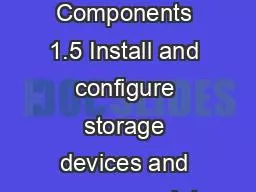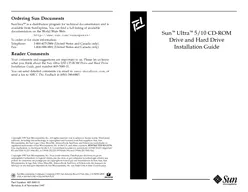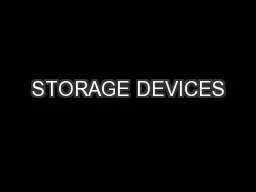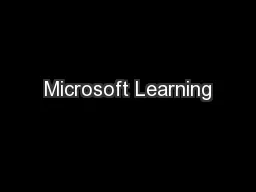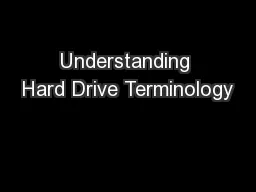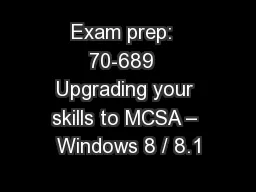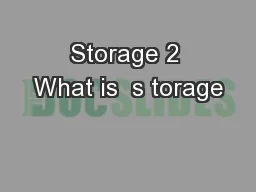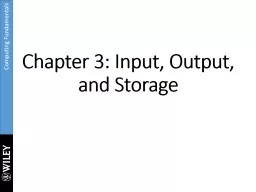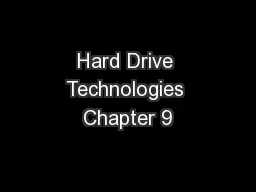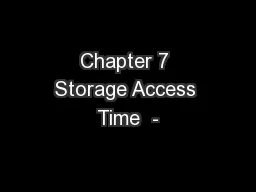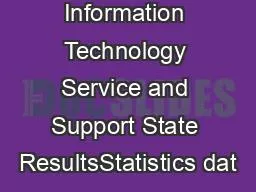PPT-Hard Drive Components 1.5 Install and configure storage devices and use appropriate
Author : undialto | Published Date : 2020-11-06
media YT Video 330 The hard drive is the primary longterm storage device used in personal computers Hard drives are not volatileeven without power data remains stored
Presentation Embed Code
Download Presentation
Download Presentation The PPT/PDF document "Hard Drive Components 1.5 Install and co..." is the property of its rightful owner. Permission is granted to download and print the materials on this website for personal, non-commercial use only, and to display it on your personal computer provided you do not modify the materials and that you retain all copyright notices contained in the materials. By downloading content from our website, you accept the terms of this agreement.
Hard Drive Components 1.5 Install and configure storage devices and use appropriate: Transcript
Download Rules Of Document
"Hard Drive Components 1.5 Install and configure storage devices and use appropriate"The content belongs to its owner. You may download and print it for personal use, without modification, and keep all copyright notices. By downloading, you agree to these terms.
Related Documents

